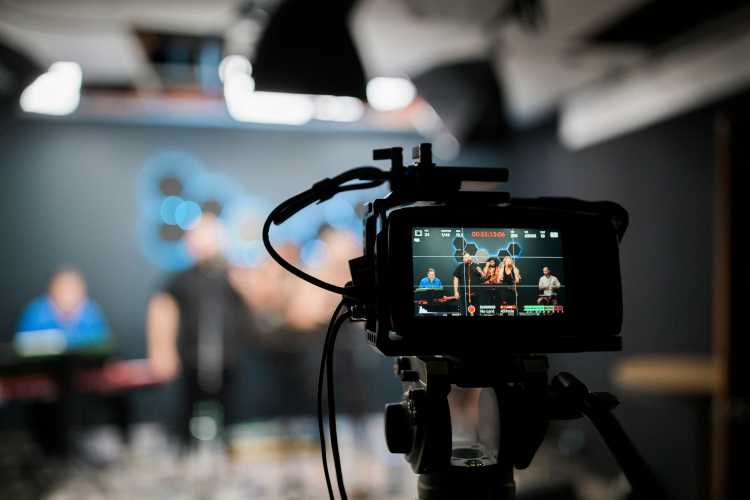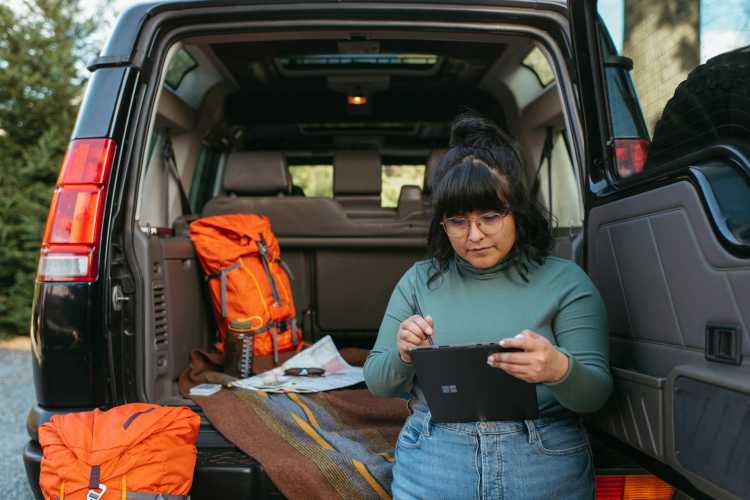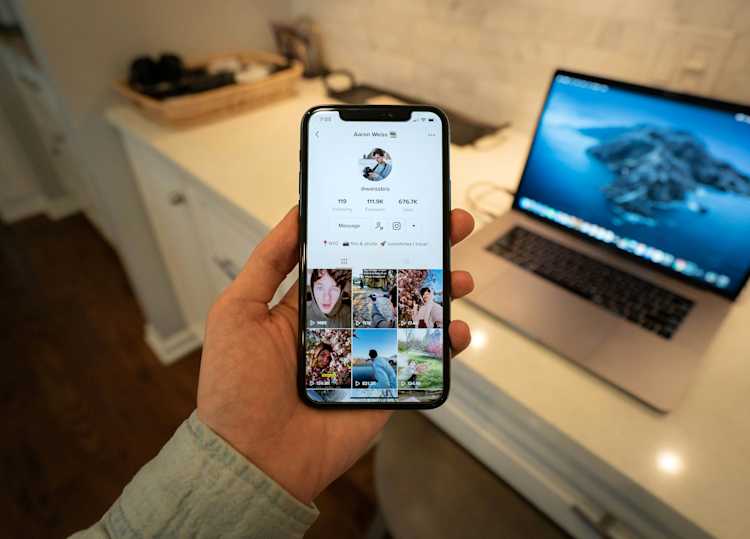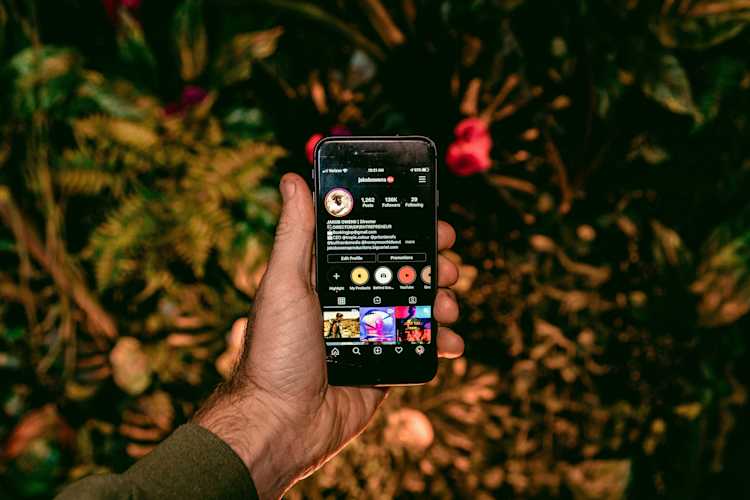Creators & Entrepreneurs
Monetize. Monetization. How It Works + Examples (2025)
Learn what monetization is, different ways to monetize, and how to build a monetization strategy for your brand.
Author
Mighty Team
Last Updated
July 31, 2025

When Luis von Ahn famously created CAPTCHA–you know, those little words you must type to prove you’re a human–he came up with one of the most brilliant monetization models ever. The software would choose a few random words from the archives of the New York Times, and the user would type in what they saw. Little did they know they were contributing to digitizing old books and newspapers, and those companies paid for that service.
It was a creative way to add a second monetization stream to digital security.
In this article, we’ll introduce you to the words monetize and monetization, explain what each one means, then walk you through different types of monetization and how to build a monetization strategy for your brand.
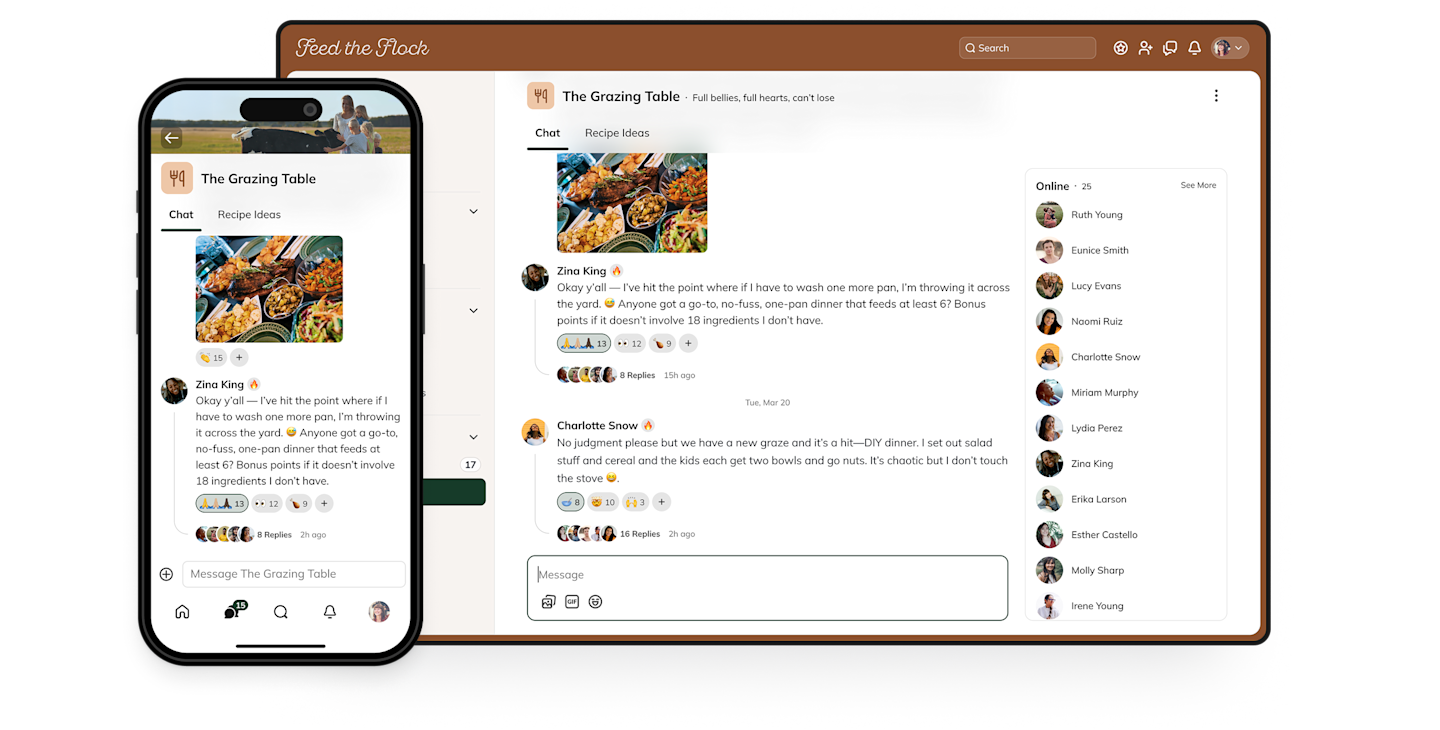
What is monetization?
Monetization is the process of creating revenue from things or actions that don’t currently make you money. In internet-speak, monetization is usually the way we think about how the people and companies that create content and software can be compensated for their efforts. With any product, service, or software, there are a number of different ways to monetize depending on how people use it.
Sometimes monetization is intrinsic to digital creation–for example, a content gate might make people pay for a product directly. This is what happens when the New York Times or Netflix requires subscriptions.
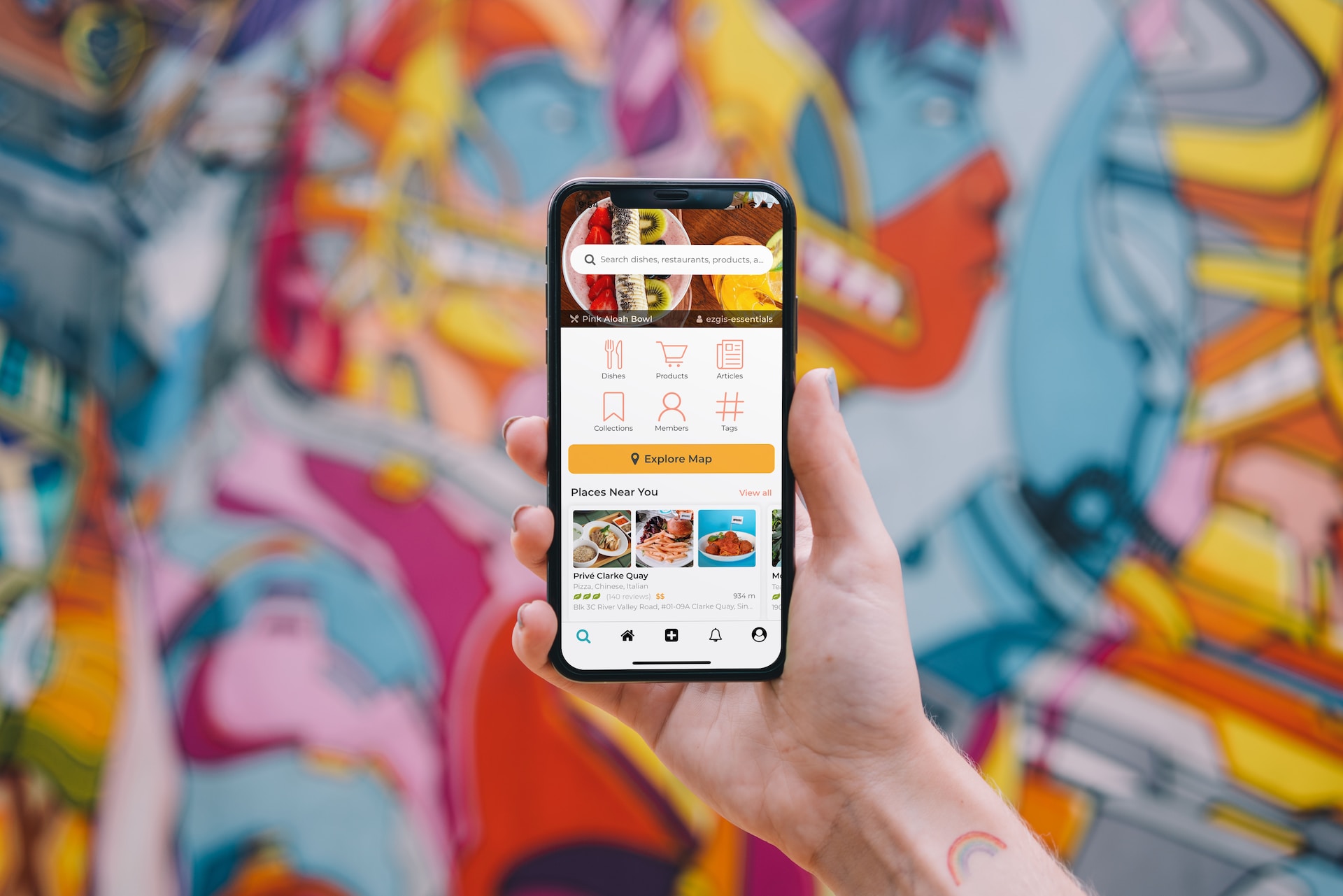
On the other hand, sometimes monetization requires adding extrinsic material. In a traditional newspaper, the advertisements took up extra space and required adding pages. But companies paid to insert the ads where they knew viewers were already looking, which gave the papers enough revenue to continue their work of reporting the news. TV works the same. And so do internet display ads or YouTube ads.
Online monetization
When we talk about monetization now, we’re usually talking about the different ways people monetize things online: a YouTube Channel, a TikTok following, or a blog or website. This has led to common expressions like, “Are you monetized?” or “I need to monetize.” And–of course–we’ve all heard the story about the influencer or blogger who makes $50,000/mo.
There are numerous ways to monetize online. For example, a blogger might monetize a website with display ads, affiliate products, and a course that they sell. Social media companies monetize their users’ data instead, giving the users a free experience but charging companies to put ads in front of viewers.

Since there are different ways to monetize, monetization requires creativity about how you monetize something–which is what Luis von Ahn did with CAPTCHA. And there are creative monetization solutions all around us. For example, the stock market let’s stock holders monetize ownership in companies, but the derivatives market adds even more monetization to the stock market with things like options and calls. (If you’ve seen the movie The Big Short, it compares these to “side bets.”)
As you think about your monetization model and monetization strategy, be creative in approaching the problem and finding a monetization method that works for you.
Monetize: Monetize literally means “to turn something into money.” When you have something you’ve created: digital goods, content, an app, or software, to monetize is to turn that thing into money. Of course, you’re not doing this literally. In most instances, you’re figuring out how to generate money from the use of your thing. You’re turning uses, views, subscriptions, members, etc. into money.

What is a monetization model?
A monetization model is the method or methods by which you earn money from a product, service, creation, intellectual property, or even your personal brand. There could be different components to your monetization model–all of them need to work together to create the revenue you need.
For example, if you were creating an app, you could choose to add in-app purchases, charge for downloads, include advertisements, or all of the above. Or, if you created software, you could choose from different monetization models. You could “white label” it and license it to customers to use with their own branding. You could sell access under your brand, or create free access with a “freemium” upsell.
A monetization model is the way that individual or multiple streams of income come together to make up a brand’s total revenue.
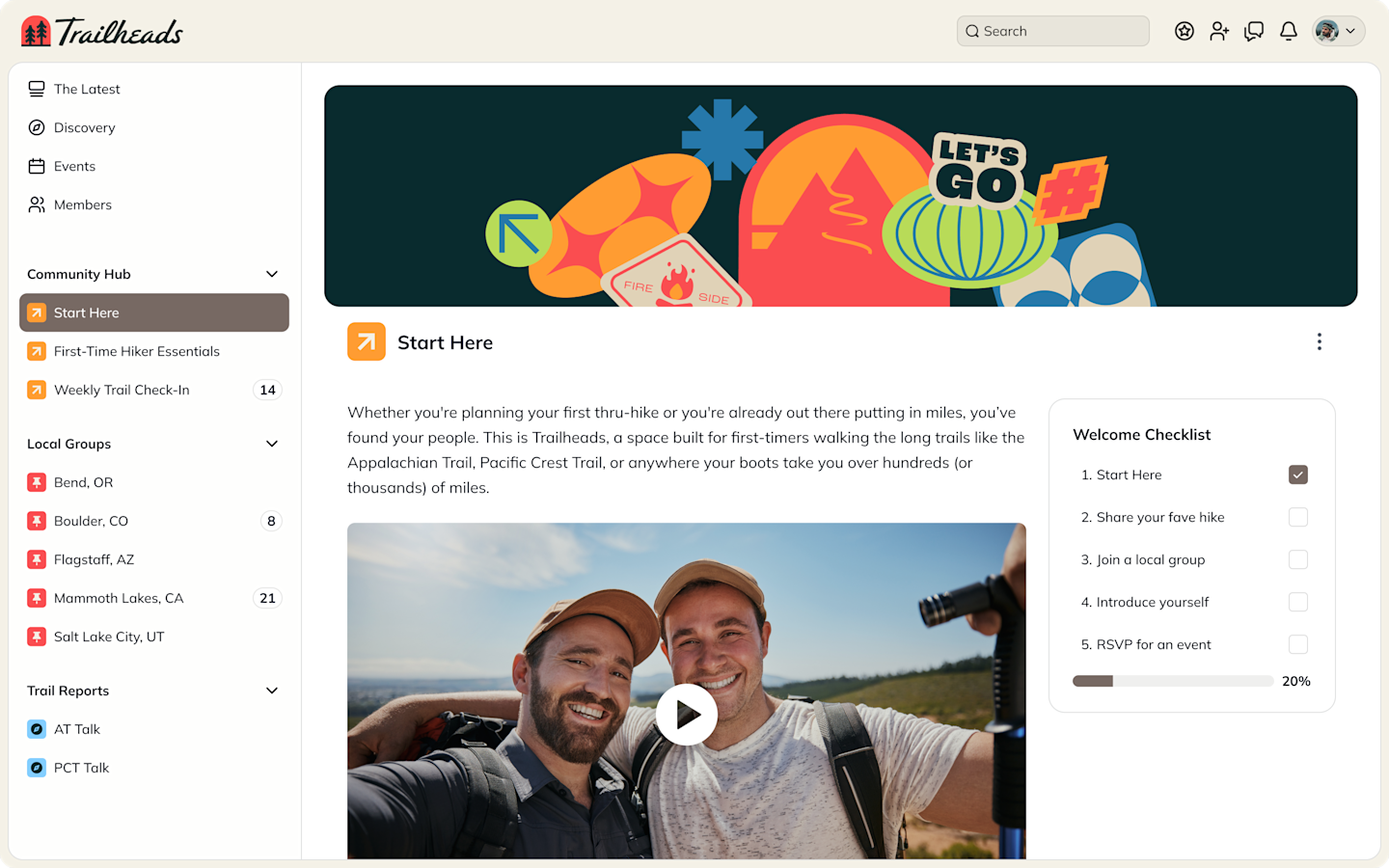
Types of monetization
These are some of the popular types of monetization. But they’re not the only ways to monetize. Ultimately, there are new monetization methods being invented all the time. Note that these are also not mutually exclusive–many brands use more than one of these (and there’s some crossover).
Member monetization
Member-led growth is one of the ultimate forms of monetization. The next generation of high-growth companies are going to be the ones that can convert customers, users, and subscribers into members. And they’ll do it at scale.
Member-led monetization can be as simple as creating a membership fee for a community. But doing this creates valuable recurring revenue, AND your members create content and tell others, helping your community grow on autopilot.
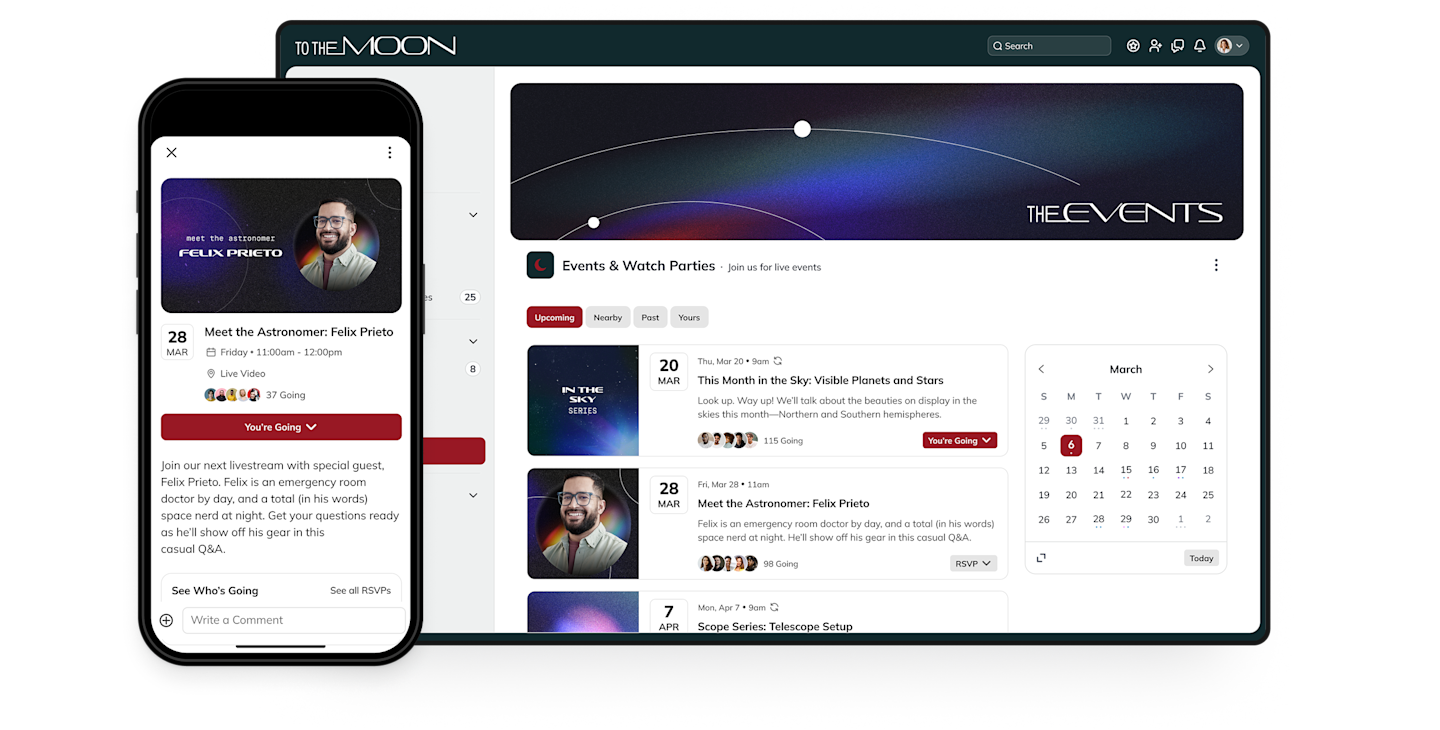
Here are some examples of how we’ve seen member-led monetization work:
An entrepreneurship org. Launched a branded app fpr 5,000 members and made over $30,000 in 2 ½ weeks.
A health-focused launch to 100 high-ticket members added $40,000 in ARR.
An author & speaker launched a 4-week promotion in their membership community and saw an additional $30,000 in revenue.
A podcaster and author sold 5,000 seats to a $997 course in 10 days to existing members.
One community launched a 13-week add-on course and generated an additional $100k in revenue in 2 months.
When you have a member-based product, you’ll find that you often earn money off both the memberships and the additional things your members buy–a business model McKinsey calls a community flywheel.

Digital Subscriptions
Monetizations with subscriptions works a lot like a member model, but your subscribers don’t add any value. Instead, they consume content or software that you’ve either created or licenced. It’s a popular model for software companies as companies like Microsoft and Dropbox have made subscriptions their bread and butter.
And it works for content too, Netflix and Disney+ have built empires around subscription services. Subscriptions even saved the New York Times; in 2020 there were 8 million print and digital subscribers.

Freemium
Freemium monetization is a model that’s really popular with software companies, since it lets users try a product for free before committing. In this case, the monetization structure takes care of the free trial, thus reducing the need for things like “money back guarantees” since the payment isn’t made up front. But also, it lets members, users, etc, easily upgrade to get past the paywall, either after a certain period of time OR to get more features.
Content monetization
There are lots of different ways to monetize content, including digital subscriptions and memberships. But for content creators, the options keep going. Here are some of the common ones:
Affiliate marketing: When you talk about products on a website or social media feed and someone clicks a brand-approved tracking link, you can earn commissions. Many blogs and websites monetize with affiliates.
Ads: Monetizing with ads is another tried and true monetization model for content-heavy brands, from websites to TV channels to apps (more on this in a minute). Ads can be paid per ad, or paid per view (usually called RPM=revenue per mille).
Sponsorships: Sponsored content used to mean a sponsored blog post. More and more sponsorships are influencer-created posts.
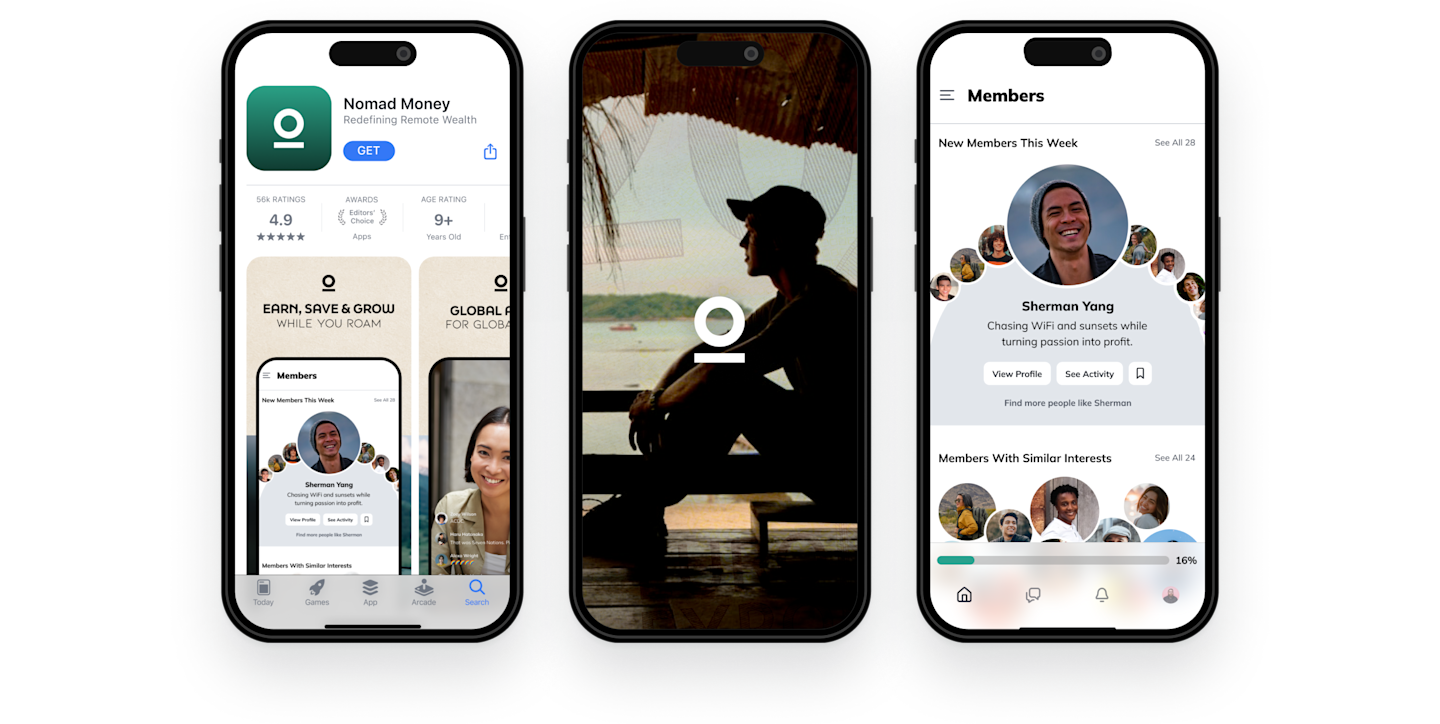
Social media monetization
Usually we think of social media monetization as the way that people monetize their social media channels. And most social media creators monetize with different options already on this list: affiliate marketing, ads, and sponsored posts.
But there’s also the question of how the social media platforms themselves monetize–and they’re creative. Here are two examples of how social media giants make money:
Meta: With its flagship brands, Facebook and Instagram, Meta makes money by selling attention–and with 2 billion users every day, it’s got a lot to sell. Meta collects user data and sells companies the chance to get the right ads in front of their users, with highly targeted demographic information. It led to $32 Billion in the final quarter of 2022. Meta’s data collection is so powerful that it has been the target of scandals (think Cambridge Analytica’s attempts to influence elections).
LinkedIn: LinkedIn is much smaller than Meta, with 141 million daily users. But it’s created a unique monetization model that fits with its strengths as a platform. Since it’s a career and networking platform, it can sell Premium plans to job seekers (giving them a competitive edge on job applications), and then sell unique plans to recruiters and employers for a higher price. It lets each type of user get what they need from the platform, and it still sells ads too. LinkedIn made over $13 billion in revenue in 2022.
If you look at all the social media channels, you’ll see they have something in common. Almost none of them charge users to get on the site in the first place. Their goal is to get massive engagement and attention, and then either convert some users to premium plans or–more common–to sell their users’ attention to advertisers.
App monetization
App monetization is a world in itself, and we’ve devoted a guide to it. But let’s just say that there are lots of ways to monetize apps, including memberships, subscriptions, and ads. But what’s unique for apps is the category of in-app purchases.
Here are 13 ways that mobile apps can be monetized, and be sure to read our guide to mobile app monetization for a deep dive into each one.
Freemium
Ads + Premium
Ads Only
Ads + In-App Purchases
Subscriptions
Memberships
Courses
Events
Products (physical or digital)
One-time purchase
Services
Selling user data
Crowdfunding

Product-led monetization
Sometimes, the best monetization model is a product. It can be a digital product; like a flagship online course. For example, we mentioned above that a podcaster and author on Mighty sold 5,000 seats to a $997 course in 10 days. That’s a fantastic digital product monetization model.
But selling a physical product is a tested and true monetization model too, and there are some really cool brands who have grasped how to turn digital buzz into real-world product success.

Just look at Peloton, who created a physical bike that could plug you into exercise routines and other fitness buffs in real time. It also helped that Peleton came of age during the pandemic, when people were looking for a way to exercise. We’ve also seen celebrities launch physical products and use their brands to boost them–like Ryan Reynolds’ Aviation Gin brand that he recently sold for $610 million.
The integration of products with online attention is just getting started, and we’ll see a lot more of it in the future.
Licensing
It’s an underrated monetization model, but for those with some sort of intellectual property, licensing can be an amazing way to monetize. Essentially, licensing means you own a certain process or model and you sell the rights to others to use it. When you see someone selling the “Trademarked X method to X”, you’re probably looking at a licensing model.
For example, a lot of thought leaders will build their brands around things like TED Talks and op eds, but will license the application of their ideas to companies.

Consulting and services
It’s similar to licensing, but those who build expertise around their online content can often sell the application of it. For example, a lot of creators on LinkedIn and YouTube who share their knowledge can be hired by people and companies to use it directly. If you had a YouTube channel dedicated to helping entrepreneurs grow their businesses, it stands to reason some might want to hire you as a coach. That’s why consulting and services are often a great monetization model.
Data
One final monetization model is to monetize data. In this example, a platform collects data on its users and sells it to third parties–often advertisers. It’s a staple of social media companies (above), but social media companies aren’t the only ones collecting and selling users’ data.
In pretty much every industry, from health care to finance, companies are collecting and monetizing users’ data. However, while selling data is a monetization model used by a lot of tech companies, it’s not one that many smaller creators and brands use–for good reason. It’s complicated, difficult, needs to be done on a large scale, and there are lots of legal implications.

What monetization model is best?
Each monetization model has advantages and disadvantages. Freemium models let users try a product or service before paying and could make selling easier. Charging upfront will take more sales effort, but could bring in more cash flow early on. A subscription monetization model brings in revenue month after month, but requires ongoing customer service. Plus you need customers to stay long enough that you can get the real value of recurring revenue.
There are dozens of ways to monetize any creation, product, or service, especially in the digital space, so choosing a monetization model that lets you balance access, user growth, and your own objectives is really important.

Monetization model examples
Vikrim starts an online community and decides to charge one fee up front that will give yearly access and to include everything under that.
Ali creates a paid, subscription newsletter with advice and deals that she sends out every month.
Charles is an influencer and sells social tokens for people to have more access.
James creates an app and makes it free with in-app purchases.
Jen is a thought leader and writer who monetizes her work through speaking and book sales.
How to develop a monetization strategy
As you plan to monetize, here are some tips to develop your strategy:
Understand your strengths: A lot of monetizing efforts fail because people don’t understand the strengths of their brand. For example, let’s say you have a small number of dedicated members. Ads might be the worst way to monetize, since they require volume. A targeted product might be perfect. On the other hand, if you had a website with no clear niche and lots of readers, ads might make more sense. A product isn’t likely to succeed without a clear niche. Find your strength and pick the model that fits best.
Ask your members: If you’re looking at creating a product or service to monetize, you can ask your existing members to find out what they most need from you. In an online community, this can be as easy as a poll.
Make sure it fits: Some monetization attempts fail because people misunderstand their audience. For example, there’s a story of a blogger who gave career advice to unemployed millennials who decided to launch a high-ticket product. It failed miserably. The audience were enthusiastic, but didn’t have any money (remember, they were unemployed!)
Align your tech: Monetization–especially done online–usually takes some sort of tech solution. If you’re monetizing a community, it can be as easy as turning on a membership plan or bundle. But each monetization method requires some planning. Want to self-publish an ebook? You’ll need to understand formatting, cover design, and the KDP platform (or hire someone who does). Want to put ads on your website? You’ll need to get into an ad network like Mediavine or Ezoic and get it set up.
Understand the business side: Even if done online, earning money is something the IRS has some strong opinions on. Make sure you understand how to claim the income. A visit to your local small business center might be in order–they can often show you what you need.
Adapt, test, and learn: The first monetization you try might not be the best one. Don’t be afraid to try different things (and let things go) until you find what works best for you and your audience.
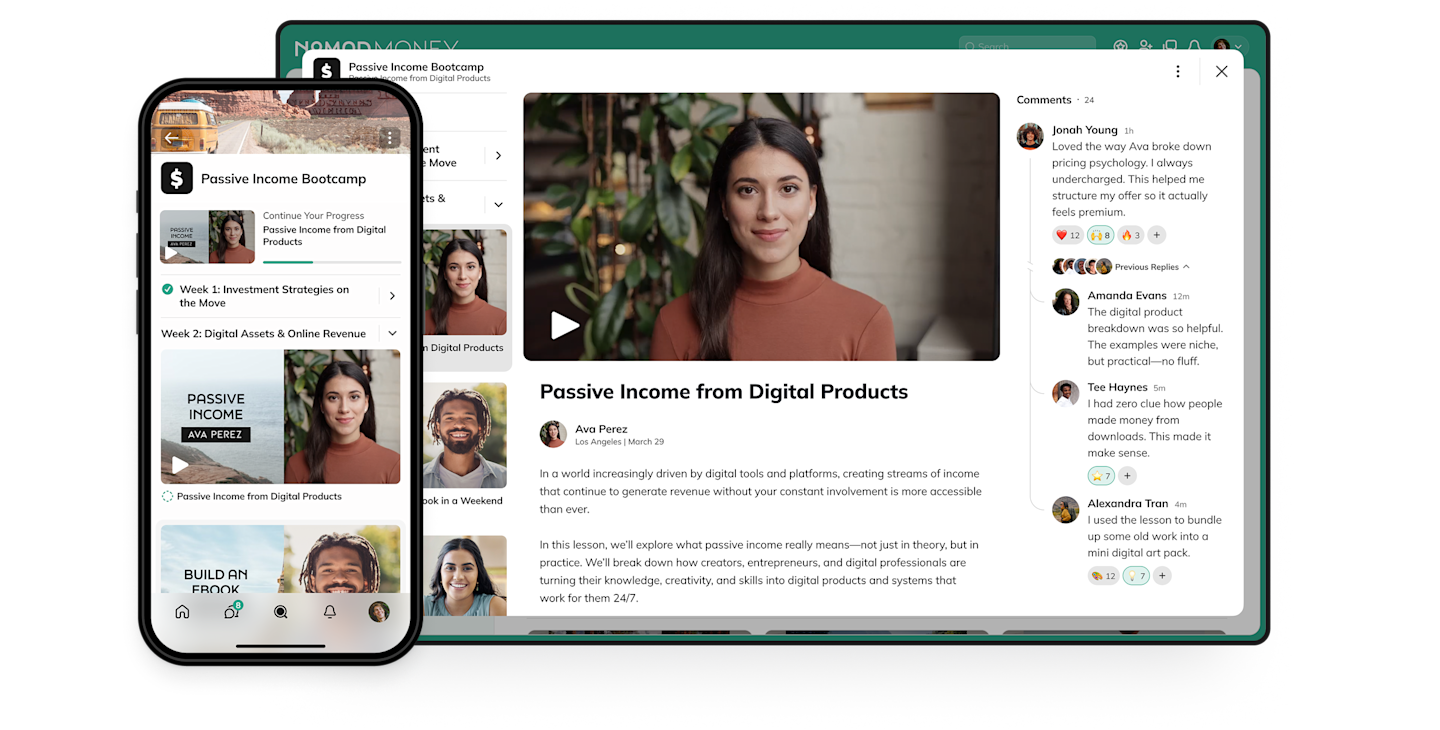
Conclusion
As you try to find the right monetization model, pay attention to what works for your brand and your members. Don’t force it. Monetization needs to be done carefully, without risking your members’ loyalty or destroying the user experience of your product.
If you want a great way to build a member-led growth business, come build on Mighty! You can monetize with community, courses, content, and live events. And you can try it free for 14 days!
Ready to start building your community?
Start a free 14-day trial to explore Mighty—no credit card required.
More like this
Join Mighty Community
Learn the principles of Community Design™ (and see them in action) alongside thousands of creators and entrepreneurs. It's free to join!

Online Courses
Creating a Course
Teaching a Course
Course Platforms
Selling a Course
Communities & Memberships
Community Platforms
Managing a Community
Building a Community
Growing a Community
Monetizing a Community
Content Creation
Creators & Entrepreneurs
Monetization
Content Creation
Starting a Business
Website Builders
Creating & Managing a Website
Events
Event Platforms
Hosting & Marketing Events
Branded Apps
Creating a Mobile App
Coaching Apps
Community Apps
Coaching
Mastermind Groups
Starting a Coaching Business
Coaching Platforms
Filter by Category
Online Courses
Communities & Memberships
Creators & Entrepreneurs
Events
Branded Apps
Coaching
Build a $1 Million Community
This free masterclass went viral—sign up to learn why.









